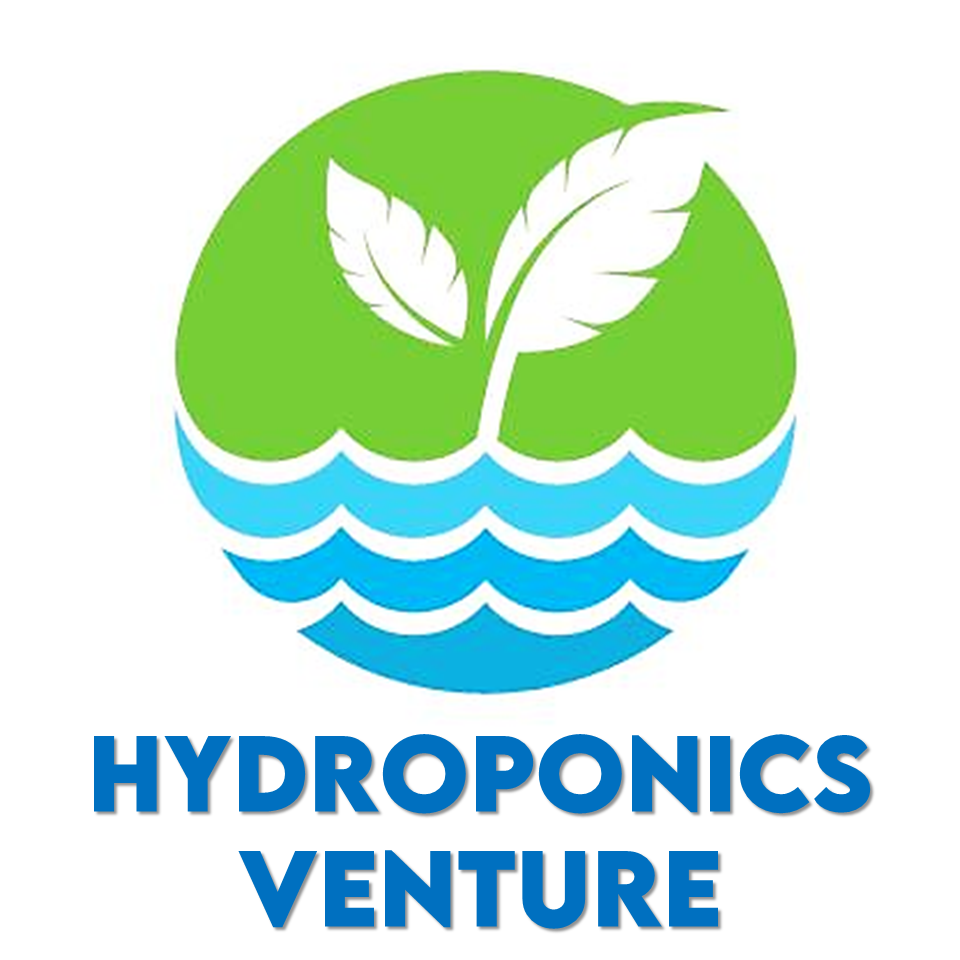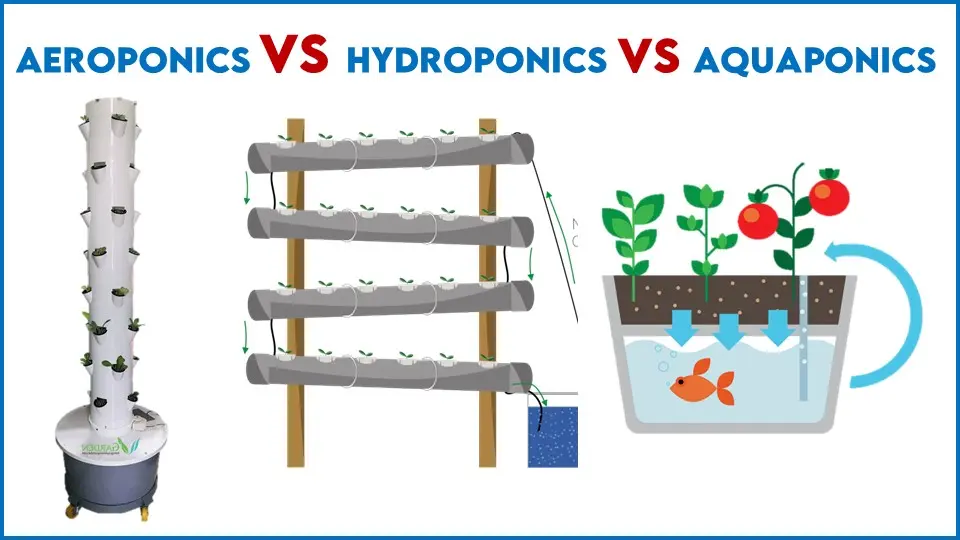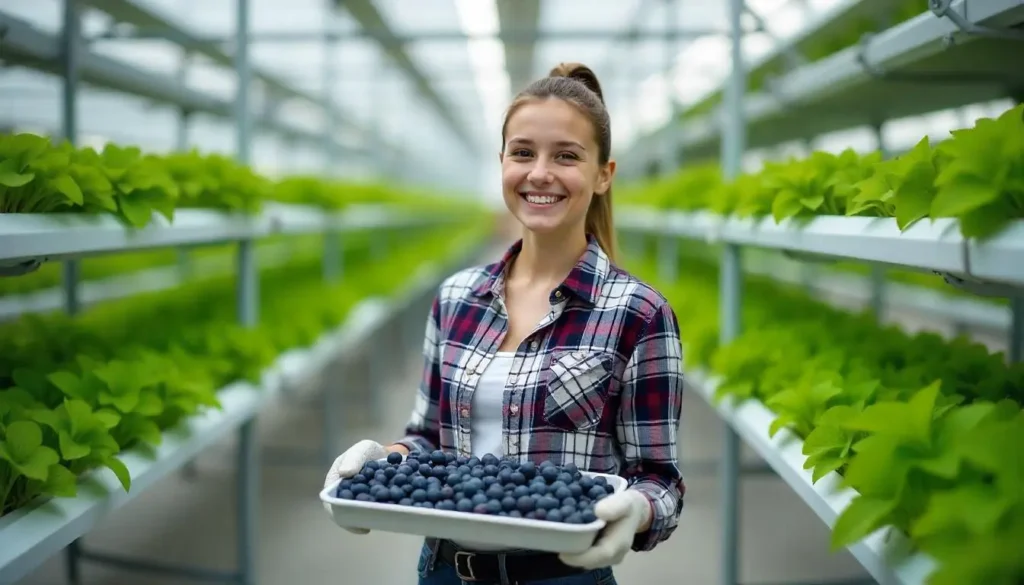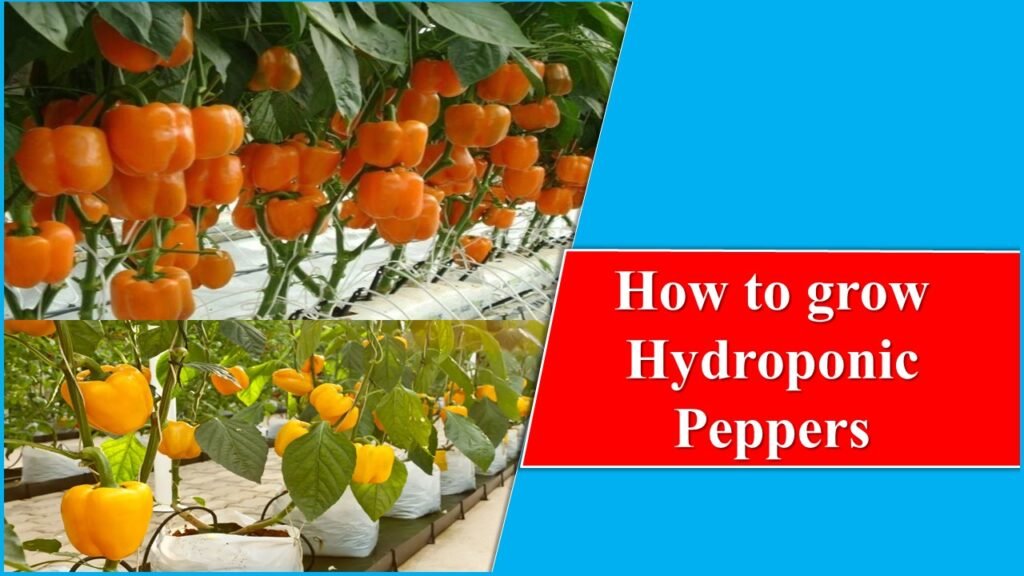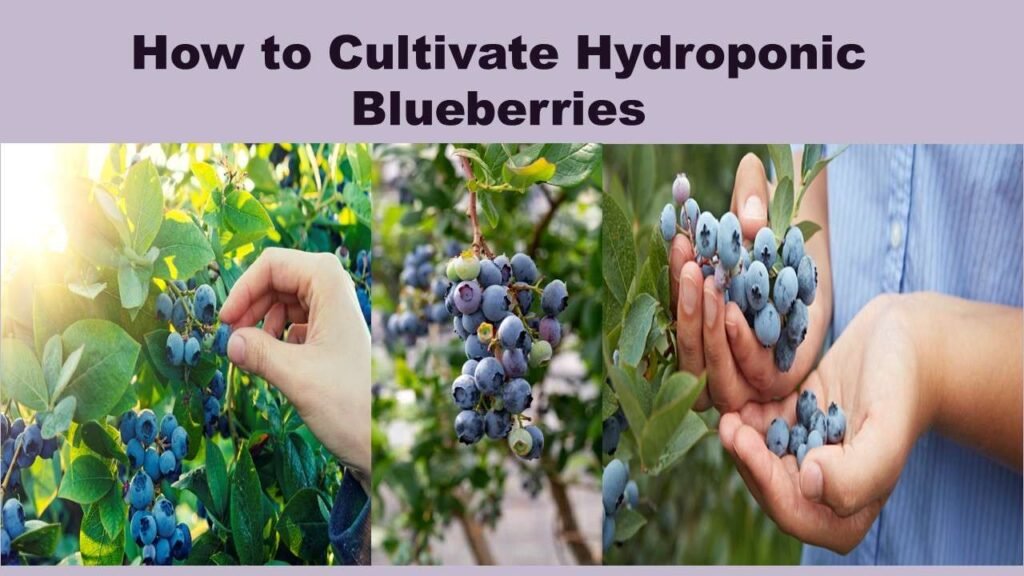Role of Grow Light in Hydroponics
While soilless farming is a ‘new generation’ idea of merging agriculture with urban life, and minimizing the pressure on land to produce more, along with efficiently using the space. Yet balancing the lighting in the system as per the plants’ needs is one of the major bottlenecks here. But we can easily optimise the plant growth, once we understand its needs and management.
There are mainly two reasons for highlighting the role of light in hydroponics. Firstly, most of the hydroponic plants worldwide are established indoors, and secondly, the vertical arrangement of rows doesn’t allow for their equal distribution throughout the system. And even if you succeed in a reliable lighting source, the Intensity, number of hours, and spectrum demand for each plant differ. Another question knocking on your mind might be the cost of installing the lighting source and its management. So, here we will compare it for you. We will also discuss the most popular type of sources used and the right way to install them.
But before that, let us understand why and how the light components or spectrum affect plant growth.
Role of Light in Plant Growth
In any case, we can’t expect a fruitful harvest without a proper source of light. Most of us have heard of Photosynthesis, a process through which plants convert light energy into chemical energy. In simple language, the process by which a plant processes its own food. Now there are two factors affecting this process and ultimately the plant growth.
Light Spectrum
Different spectrum of light shows different effects on plant development. For example, blue light, having a wavelength around 450 nm, promotes vegetative growth, and red light, having a wavelength around 660 n,m, is necessary for flowering and fruit production. So it is obvious now that if you are planning to cultivate salad crops, it’s best to use a light source with more parts of the blue spectrum. In a way, if you wish to cultivate fruits or fruit-type vegetables like tomatoes, chilli, or strawberries, you should prefer a light source with more parts of the red spectrum.
However, experts have suggested using a light source having both spectrums, as maximum absorption is seen under the red and blue spectra. Yet if you can manipulate it properly, then it will be a huge game changer in overall production in hydroponics systems.
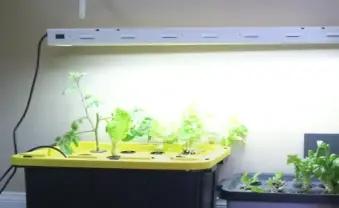
Duration and Intensity
Duration and intensity affect the nutrient uptake and absorption rate in the plants.
By optimising the light spectrum, duration, and Intensity as per the needs of plants grown in hydroponics, one can easily cultivate required plants all year round. For example, leafy vegetables or salad crops require less intense lighting but fruiting crops like capsicum or tomatoes need a higher intensity light. The Intensity is measured in PPFD (Photosynthetic Photon Flux Density), which should be consistent across all plants. You need to target around 400–800 µmol/m²/s for fruiting crops.
To obtain optimum yield and healthy growth of a plant, make sure that it receives an ample amount of light duration and Intensity throughout its life. You will also come across places where a 24-hour lighting system is installed to achieve early results, but it is an intensive process, creating stress in the whole system along with the plants. So, it’s better to use an intermittent lighting system with schedules similar to nature. A few ideal recommendations are:
- Seedling Stage: 16-18 hours per day
- Vegetative Stage: 18-24 hours per day
- Flowering Stage: 12 hours per day
Positioning and Setup.
Apart from the hydroponics system which utilises natural lighting, The setup of artificial lighting equipment should be as such to provide adequate space for plant growth and equal distribution of light in the system. as improper placement of lighting devices can lead to issues like light burn, stretching (leggy plants), or uneven growth.
You may also use inter-lighting and side-lighting for an even distribution, reflective surfaces, light movers, and automation for efficient usage. But avoid side lighting if your plant needs to grow upward till a certain height, because side lights can disturb its phototropism mechanism.
Now, some lighting equipment may cause heating, therefore it becomes a distance determining factor in this case. LEDs generally need to be placed 12–24 inches above the canopy, fluorescent lights can be as close as 6–12 inches, as they emit less heat, and HID lights, due to their high heat emission i require more distance of 24–36 inches.
No matter what equipment you are using, ensure proper ventilation and exhaust in the structure to maintain the temperature. And keep monitoring it, for better results, you may use an automated tool. To avoid hazards, always use waterproofed equipment, use surge protectors, organize cables, and keep all wiring elevated from ground level.
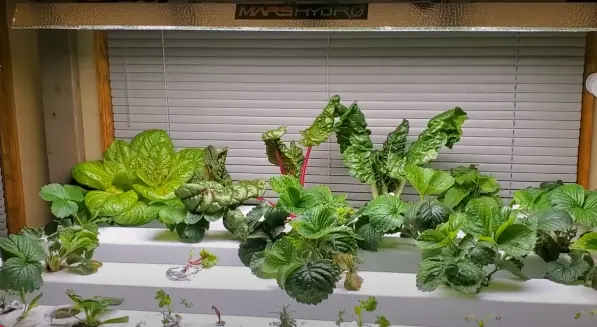
Natural Light vs. Artificial Light.
One can practice hydroponics under natural sunlight via Window Farms & Sunrooms or a greenhouse, but the very concept of Hydroponics lies with growing plants indoors, so here is a table of comparison to ease your research.
| Feature | Natural Light | Artificial Light |
| Source | Sunlight | LED, CFL, HID, Fluorescent, etc. |
| Cost | Zero Cost. | High upfront cost. |
| Control | Limited | Fully controllable. |
| Spectrum | Full spectrum (ideal for all plant stages) | Can be full or custom spectrum (red/blue-heavy) |
| Consistency | Varies daily and seasonally | Consistent and adjustable year-round. |
| Setup | Simpler | Complex(Requires electrical setup and timers.) |
| Availability | Only in well-lit areas (rooftops, balconies). | Usable anywhere (indoors, basements, etc.). |
| Energy Efficiency | Very high (zero energy input). | Depends on the light type (LEDs are most efficient) |
The best practice is using a hybrid of natural and Artificial lighting. During full sunny days, one should utilise the natural lighting, and in evenings or during cloudy days, artificial lighting should be used for assistance. This way you will not only save a lot of energy and money but also reduce dependency on electricity.
Common Mistakes to setup Grow Light in Hydroponics
Not understanding the physiology of a crop and its response to light is the first mistake a farmer makes. In such cases they end up using the wrong spectrum or intensity of light, leading to crop failure and multiple disorders.
The second mistake is not understanding the system and physics behind the positioning of light sources. Such systems are either overcrowded due to poor spacing or the plant faces burning or wilting.
You can avoid all these mistakes by properly monitoring the growth stages of plants, reading their responses, and understanding the functioning of the whole system and equipment.
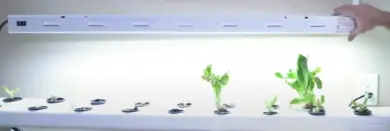
Things to Remember
Light Selection:
- T5 Fluorescent Fixtures: Recommended for aeroponic systems and smaller plants. They produce white light (blue spectrum) suitable for vegetative growth and even fruiting plants. They are connectable, allowing up to ten fixtures to be linked.
- LED Lighting: A more expensive upfront option, but offers greater long-term energy savings compared to T5s
Mounting Lights:
- Maintain at least six inches of space between the lights and the plants.
- Various methods include using PVC pipes for DIY stands, or hanging on wire racks using hooks or garden wire
Setting Timers:
- Timers have a switch for “on” (timer active) and “outlet on” (bypassing the timer).
- Tabs on the timer control on/off times (lifted for off, pushed down for on).
- It’s recommended to set at least ten hours of light, with a common schedule being twelve hours on and twelve hours off.
- Always adjust the timer to the current time before plugging it in.
- Timers can also be used for pumps in aeroponic systems to cycle on/off (e.g., 30 minutes on, one hour off) for root drying and energy saving.
- Ensure the timer has the correct plug type (preferably a three-prong outlet).
Light Height and Plant Health
- Keep the light consistently about six inches from the plant.
- “Leggy” plants (long stems, leaves at the top) indicate insufficient light; move the lamp closer.
- For a nutrient film technique (NFT) system, a single strip light (LED or T5) between two channels can provide sufficient light and save energy
Conclusion
Through hydroponics, we have replaced the role of soil with nutrient medium, and natural sunlight with artificial lighting equipment, and one can easily obtain maximum growth through proper monitoring and making the right amendments at the right time.
This article has highlighted the role of grow light in Hydroponics, the common mistakes made by farmers, and the solution to all of our lighting-related problems relating to this soilless culture.
What is the role of light in hydroponics?
Light provides energy for plants to photosynthesize and grow.
Do you need a grow light for hydroponics?
Yes, if natural sunlight isn’t enough.
How many hours of light for hydroponics?
Usually 12–16 hours per day.
What color grow light is best?
A mix of red and blue is ideal.
What is the science behind grow lights?
Grow lights emit specific wavelengths that trigger plant growth processes.
When to use grow lights?
When plants don’t get enough natural light.
Join Our Hydroponics Growers Group!
Connect with fellow hydroponics enthusiasts, share your ideas, ask questions, and grow together as a community.
👉 Join WhatsApp Group